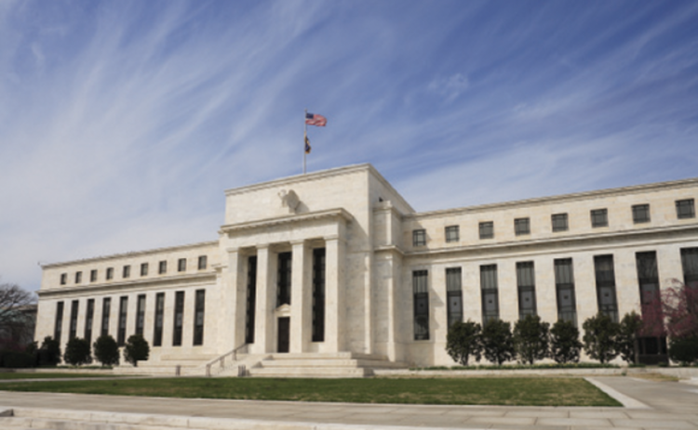A closer look at US employment and the Fed

Following the release of the September NFP data, President Biden held a press conference to tout the lowest unemployment rate since he took office.
The Administration subsequently tweeted that 600K jobs per month on average had been created since January. Washington was clearly trying to convey a sense of positivity around the employment situation.
However, New York wasn't so certain. Wall Street couldn't ignore that the total number of new non-farm jobs was worse than even the most pessimistic projections. In fact, the prior month's number was revised lower, as well.
The BLS had reported that there were 10.6M jobs waiting to be filled, with just 7.67M job seekers to fill them. Given the Fed's dual mandate to keep unemployment down, and maintain currency stability, what would they do?
Going in two directions at once
The Fed's dual mandate is pulling it in opposite directions.
On the one hand, Fed Chairman Powell's admission that inflation is likely to stay above target for longer than expected pulls towards a tighter monetary policy. But two months of underperforming job creation numbers, and trending downwards, pulls towards easing.
With a somewhat shaky recovery, and the threat of more covid variants out there, it's a very uncomfortable position for the Fed. This leads some analysts to worry that they might make a policy mistake that will be detrimental to the markets.
Another way to look at it is to acknowledge that the Fed doesn't really care about headline numbers, and certainly not "short term" fluctuations of a couple of months.
The Fed's mandate to achieve "full employment" is subject to technical interpretation. Even going over the Fed's recent history, they have not responded in the same way to similar employment situations.
What does the Fed actually care about?
Several FOMC members have said they are more concerned about the population to employment ratio than any of the major employment metrics that are routinely discussed in the press.
While this figure hasn't recovered to its
pre-pandemic level, it's back to where it was when the Fed started their policy
normalization post-sub-prime-crisis.
Fed policy can only go so far in job creation. They can create the conditions
for jobs to become available, but they can't force people to take them. Many
economists have pointed towards the decline in labor force participation over
the decades. And that's a trend that the pandemic is unlikely to have reversed.
Get back to work
In fact, an argument can be made that the path to job creation might be through addressing the inflation problem.
The issue could be that people are unwilling to return to work because of low pay. That would explain the disproportion between the number of jobs offers and the number of people actually obtaining work.
Average hourly wages increased at an annual rate of 4.6%. Under normal circumstances that would be good, but this is significantly lower than the annual inflation rate of 5.3% in the same period.
Even workers getting better paying jobs are seeing their gains eroded faster by inflation than they can make them. It's understandable then for employees to be depressed about the labor market or be even more determined to hold out for higher pay.
Getting people back to work isn't just about giving employers the confidence that the economy is going in the right direction, but that employees will find reasonable compensation for their work.
Unusual policies
Given the Fed's requirement to support the jobs market, but also put a lid on inflation, they might have to start thinking outside the box to deal with the issue.
Conventional wisdom and current expectations are for the Fed to slowly reduce their bond buying until the balance sheet stabilizes. Then they will raise rates. The current timeline is for the taper to finish around the middle of next year, and the first rate hike to happen soon after.
That would imply, however, almost an extra, entire year of ultra-low rates. In turn, this could contribute to high inflation for a long time.
The turmoil on Capitol Hill over what to do about spending and the debt ceiling has thrown a monkey wrench into the Fed's normal operations in the bond market to keep inflation expectations in line.
Where's the money?
One of the factors to keep in mind is the amount of overnight reverse repos deposited at the Fed. It measures how much 'extra' liquidity is in the market. And it's near record-high levels of $1.4T.
The asset purchase facility is designed specifically to put liquidity into the market, so the 'extra' simply coming back to the Fed is an indication that the policy might have run its course. This could mean that a taper would have a minimum impact on the markets. And it might actually help the financial sector.
A quicker than anticipated taper might be on the table, to accelerate the time for when the Fed could raise rates. And there is no requirement to wait until the taper ends before raising rates.
Should someone at the Fed suggest that inflation expectations are a headwind for job creation, you might see a major change in the markets.
This article was submitted
by Orbex.




